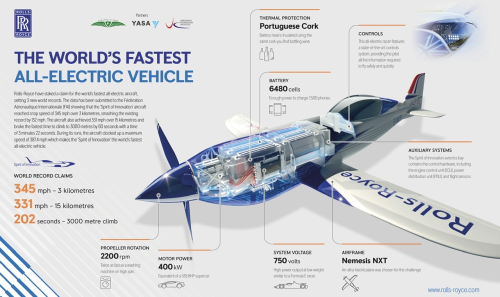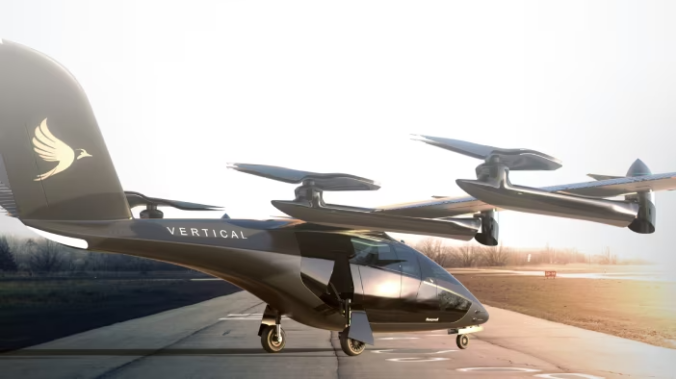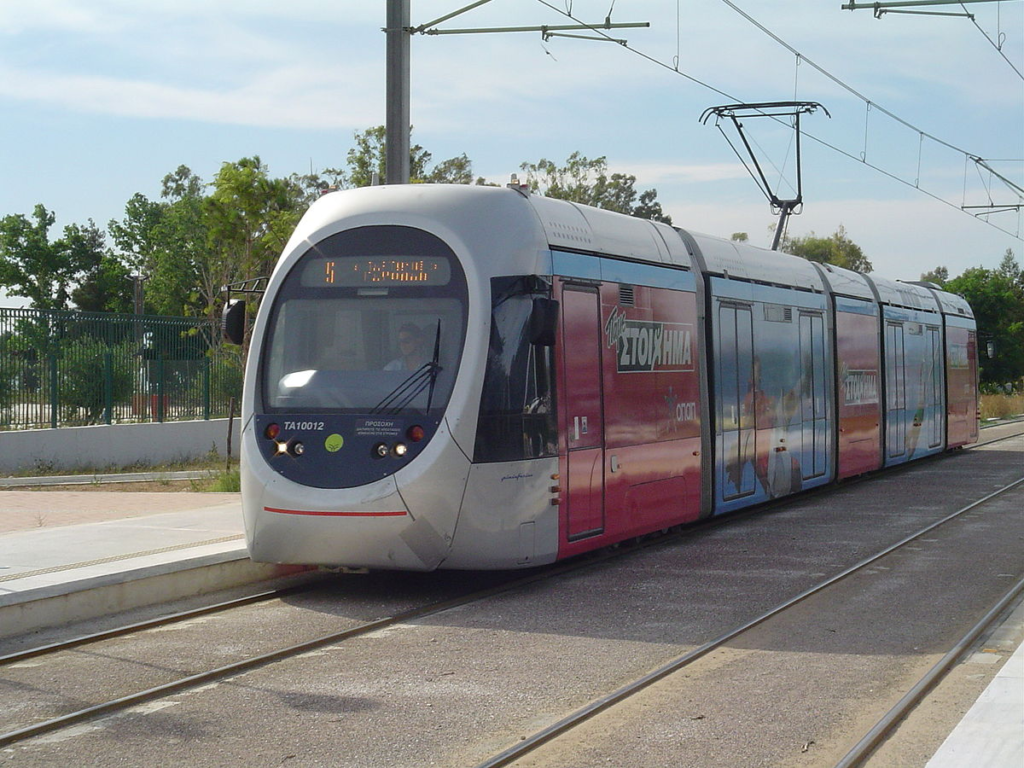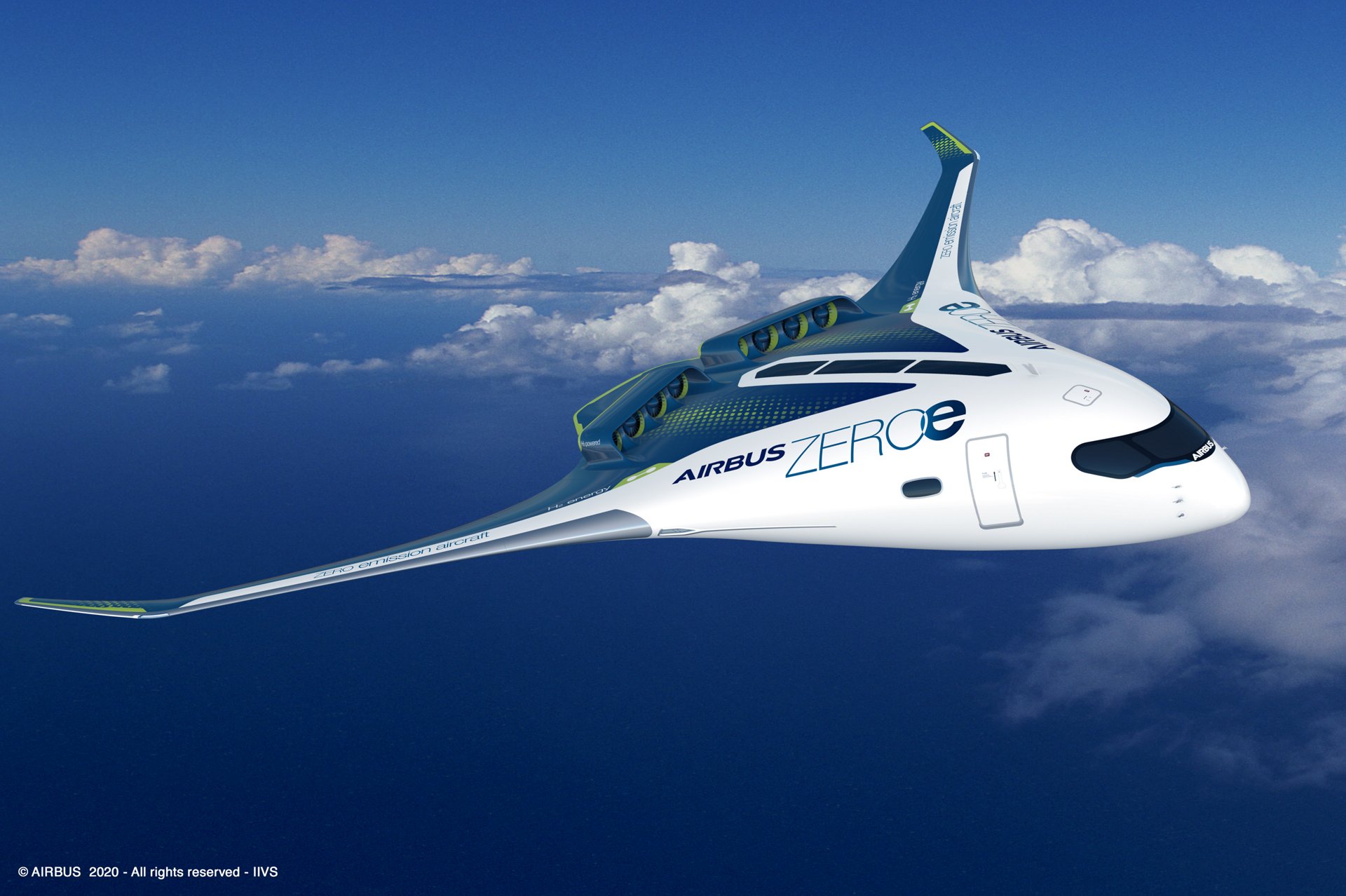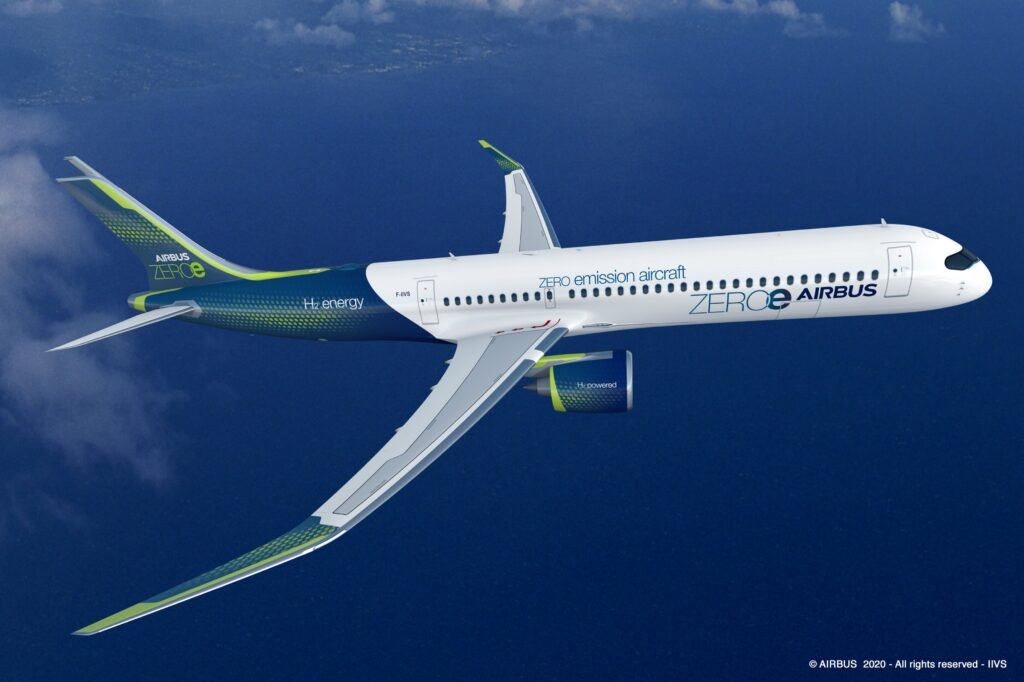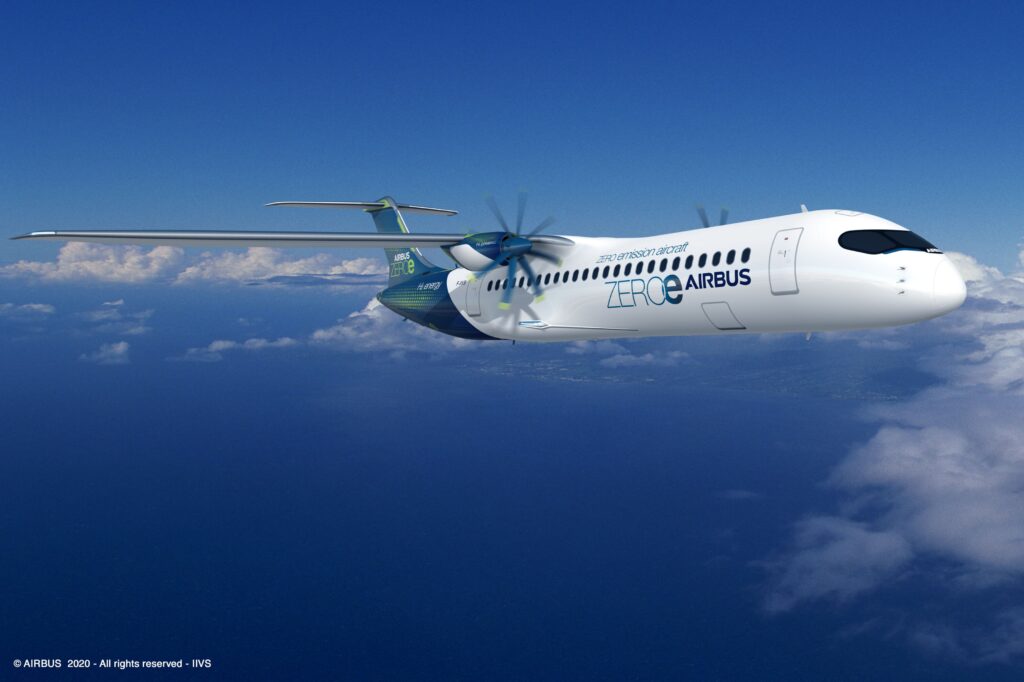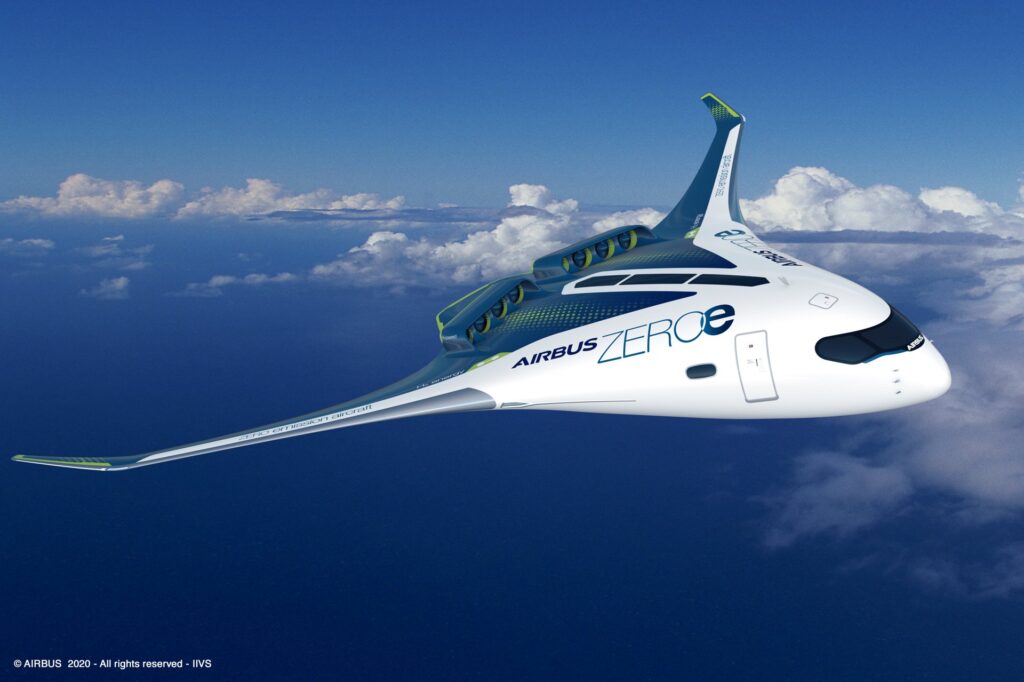At Rolls-Royce (OTC: RYCEY), we aim to lead the Advanced Air Mobility market and achieve the world’s first certification of an electric engine for commercial aircraft by the mid-2020s. Light aircraft are already flying with electric propulsion, demonstrating the technological possibilities for the decarbonisation of large aviation in the future, if we can develop at scale.
In 2022, Rolls-Royce Electrical launched a dedicated programme that will enable us to achieve the levels of mass production needed to support the industry, embedding industrialisation within our electric propulsion product portfolio.
To do this, the programme is focussed on developing the right capabilities within the business’s core functions: supply chain, manufacturing, quality and services. As such, our core industrialisation team is working in close collaboration with a new product introduction projects team to ensure that any under-development electric drive technologies and systems can be sourced, manufactured and serviced at scale.
Rolls-Royce supply chain teams are responsible for sourcing partners to produce materials that will not only uphold the highest of aviation safety standards but that can be sourced and brought to the assembly line affordably and at pace, ready to support mass production.
Once chosen, the supply chain team also support our engineers by working hand-in-hand with suppliers throughout the product’s design to ensure that customer needs are met.
